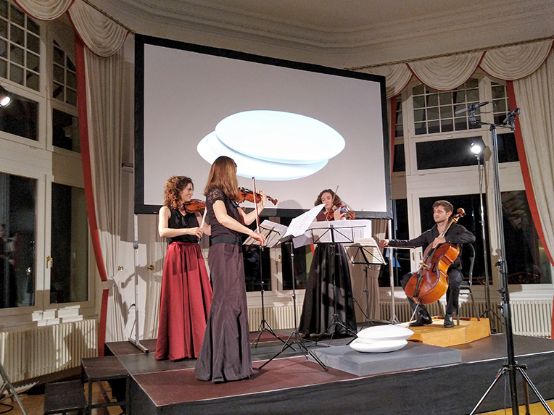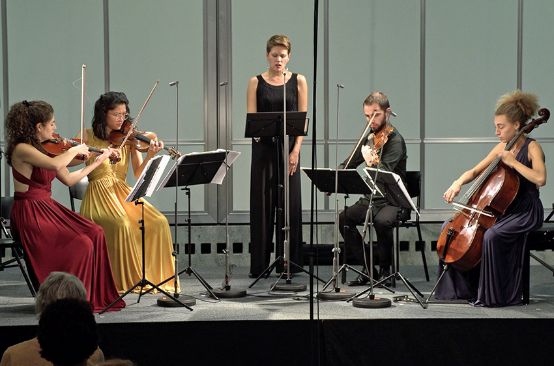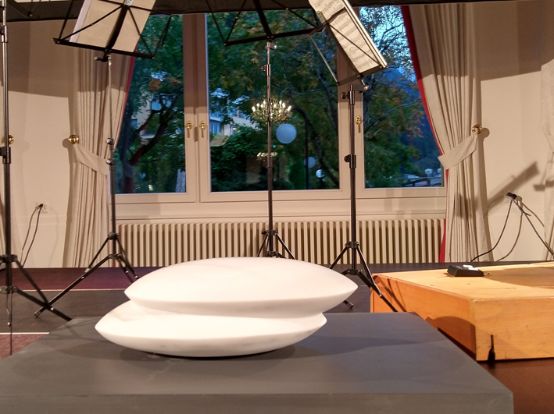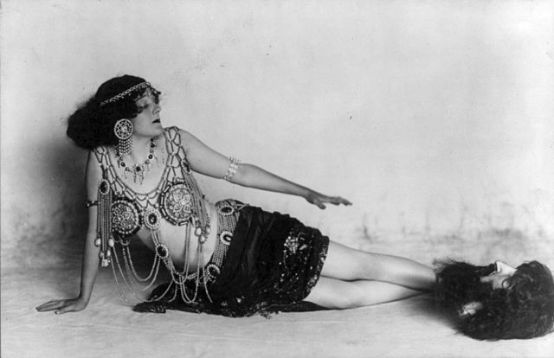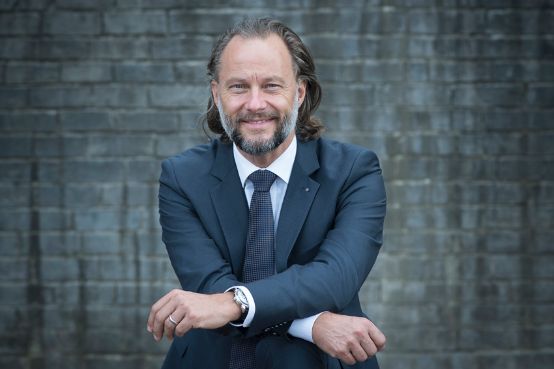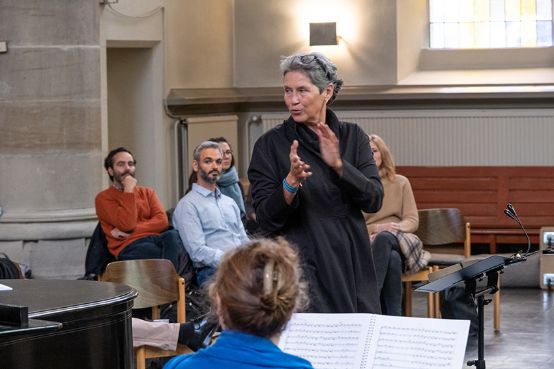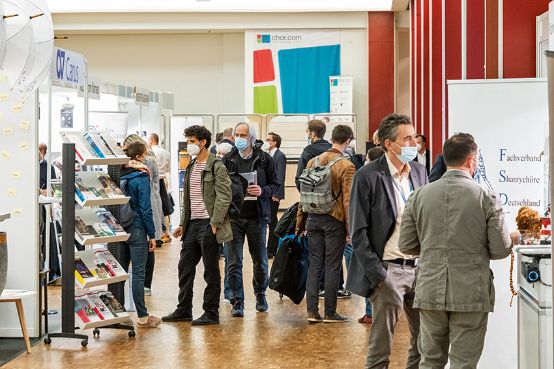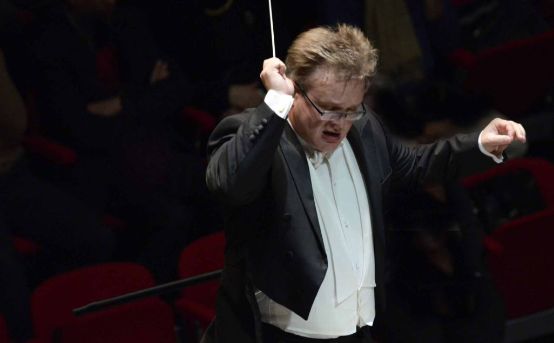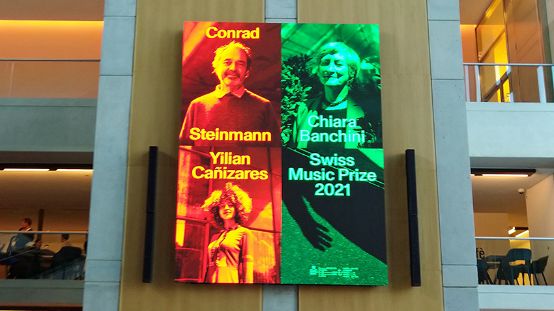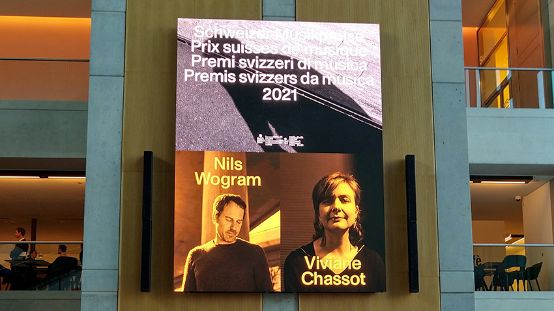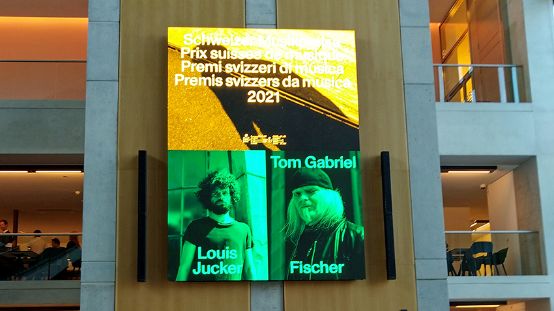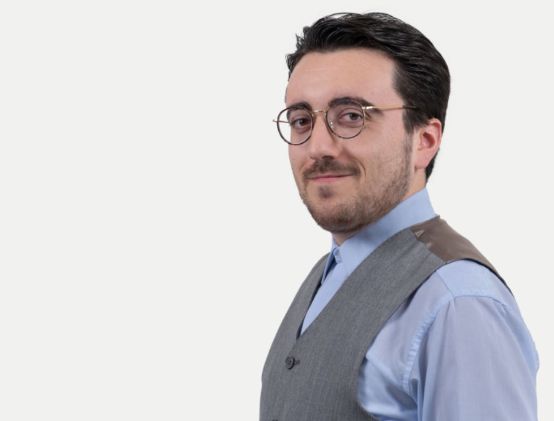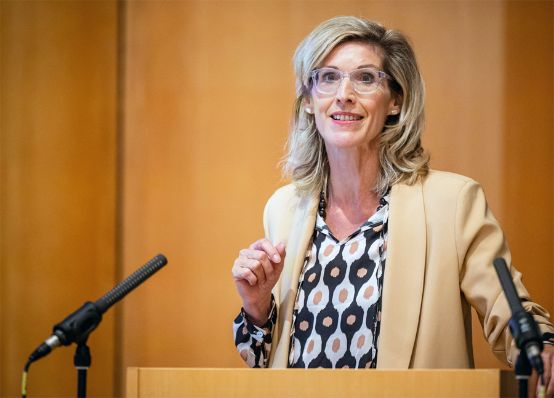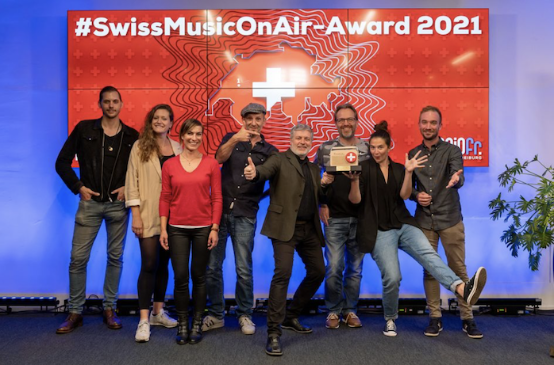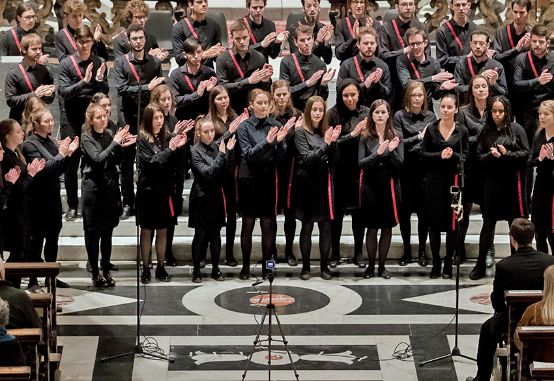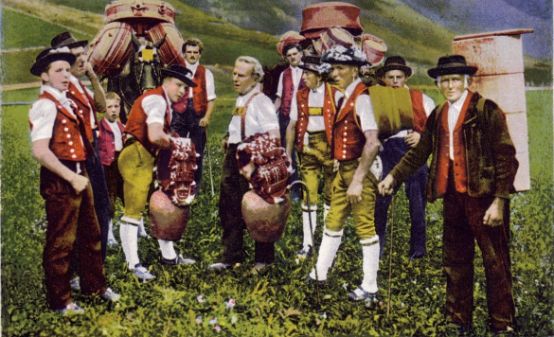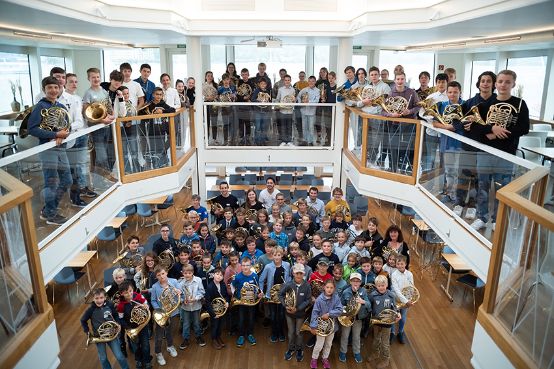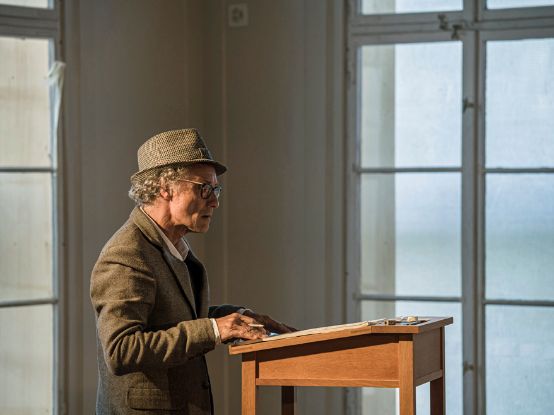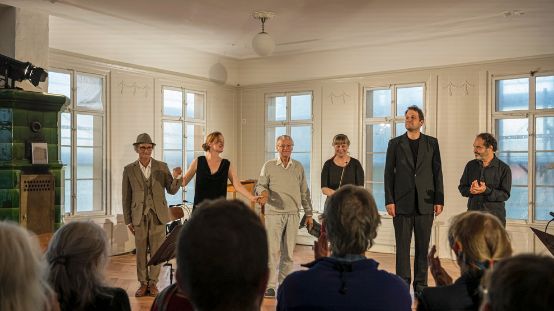PGM: Back to goose bumps!
At the most recent PGM meeting, it was noted that After 18 months of the pandemic, audiences are missing in many places. Financial support must continue, and the Culture Taskforce remains indispensable as a united voice for the cultural sector.
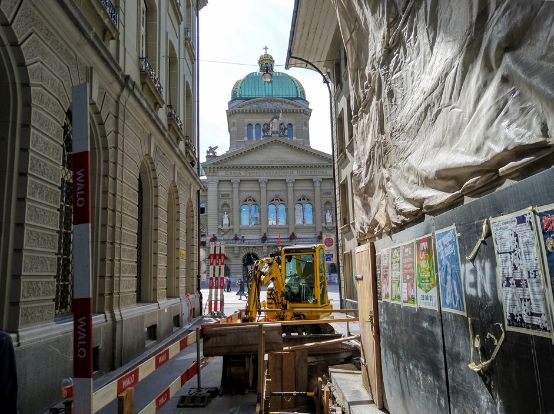
The President of the Parliamentary Group for Music (PGM), Stefan Müller-Altermatt, has experienced both: deep emotional involvement at a recent live concert on the one hand and reports of active musicians withdrawing into their private lives on the other. The inertia must be overcome, the longing for "goose bumps" at live events must be spurred on. Rosmarie Quadranti, President of the Swiss Music Council, sounded the same note in her review of the past year and a half. A spirit of optimism had to be created among audiences and musicians. She pointed out the production backlog and the "lasting" gaps in the next generation of musicians. She also mentioned the danger that financial support for creative artists could be ended or converted into the granting of repayable loans.
Taskforce Culture
The work of the Culture Taskforce cannot be appreciated enough. This statement was underlined at the very end by National Councillor Sandra Locher Benguerel. She emphasized that this united voice helps enormously in addressing the concerns of cultural professionals in the political process. She advised that we should continue to work with the existing bodies and provide as many arguments as possible as to why cultural professionals should continue to be supported. The National Council's Committee for Science, Education and Culture will discuss the extension of individual provisions in the Covid-19 Act at its meeting on November 4, while the Council of States will do the same on November 16.
-
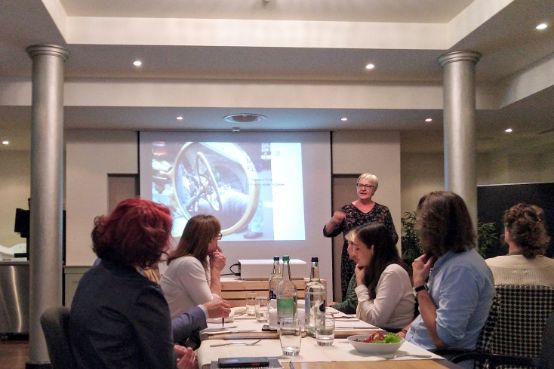
Rosmarie Quadranti, President of the Swiss Music Council, encourages political participation. On November 28, 2021, the referendum against the March 19, 2021 amendment to the Covid-19 Act will be put to the vote.
The parliamentarians wanted to be informed about the current situation at their meeting with delegations from the music associations at the Hotel Bern on September 30. They were also interested in how they assessed the prospects with regard to the upcoming amendments to the Covid-19 Act. The speakers complied with this request. In addition to Rosmarie Quadranti, Luana Menoud Baldi, President of the Swiss Wind Music Association, Christoph Bill, President of the Swiss Music Promoters Association, Alexander Bücheli, Managing Director of the Swiss Bar and Club Commission, and Marlon McNeil, Managing Director of Indie Suisse and representative of Sonart - Musikschaffende Schweiz, spoke about the specific problems facing their organizations. They expressed their gratitude for the help they have received so far. The speakers also mentioned a certain frustration regarding the willingness of the authorities to engage in dialog. They also mentioned the planning uncertainty caused by the constant change in regulations and the different restrictions in the cantons.
-
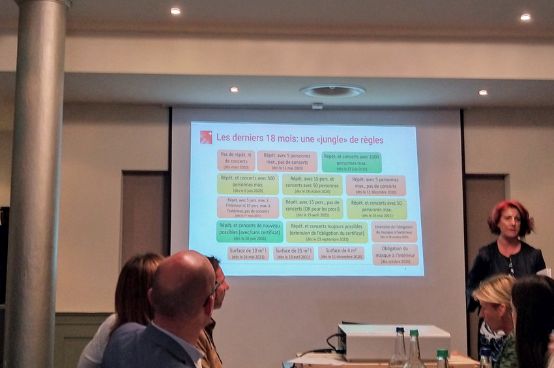
Luana Menoud Baldi, President of the Swiss Wind Music Association, explains the jungle of regulations that must be navigated.







